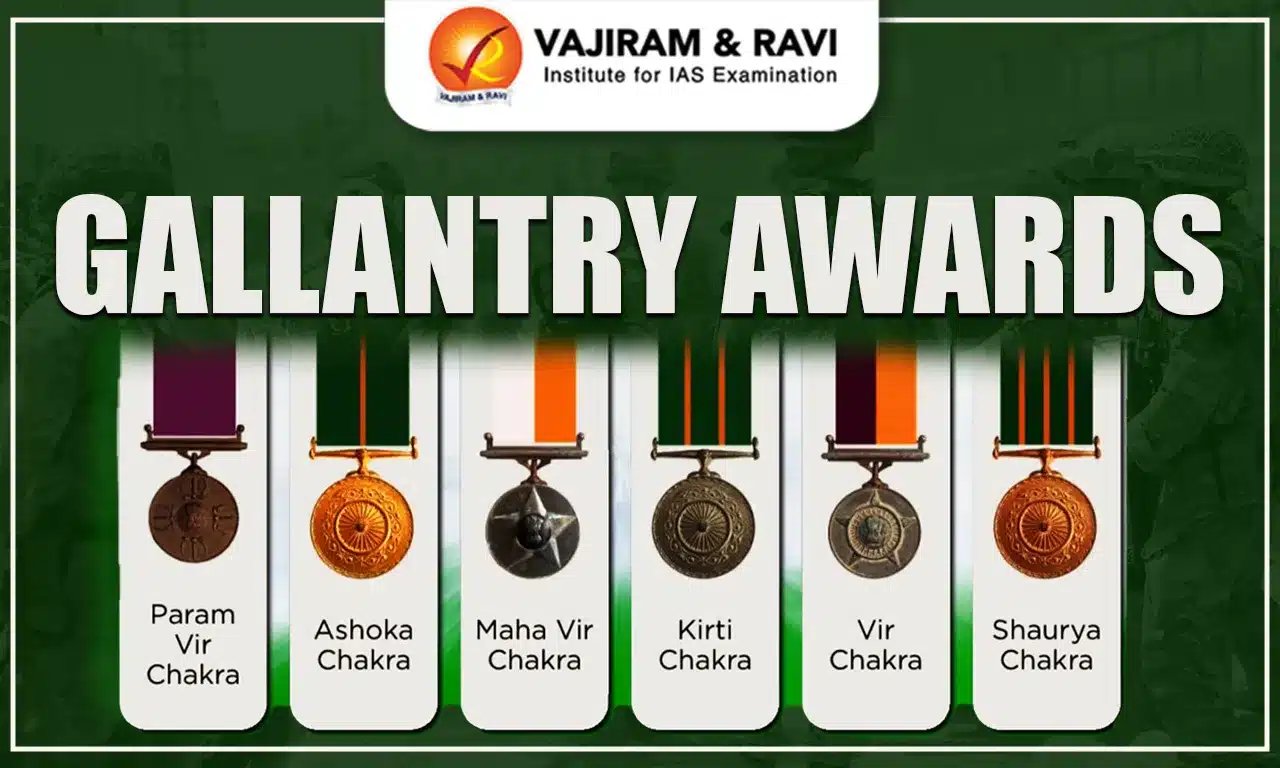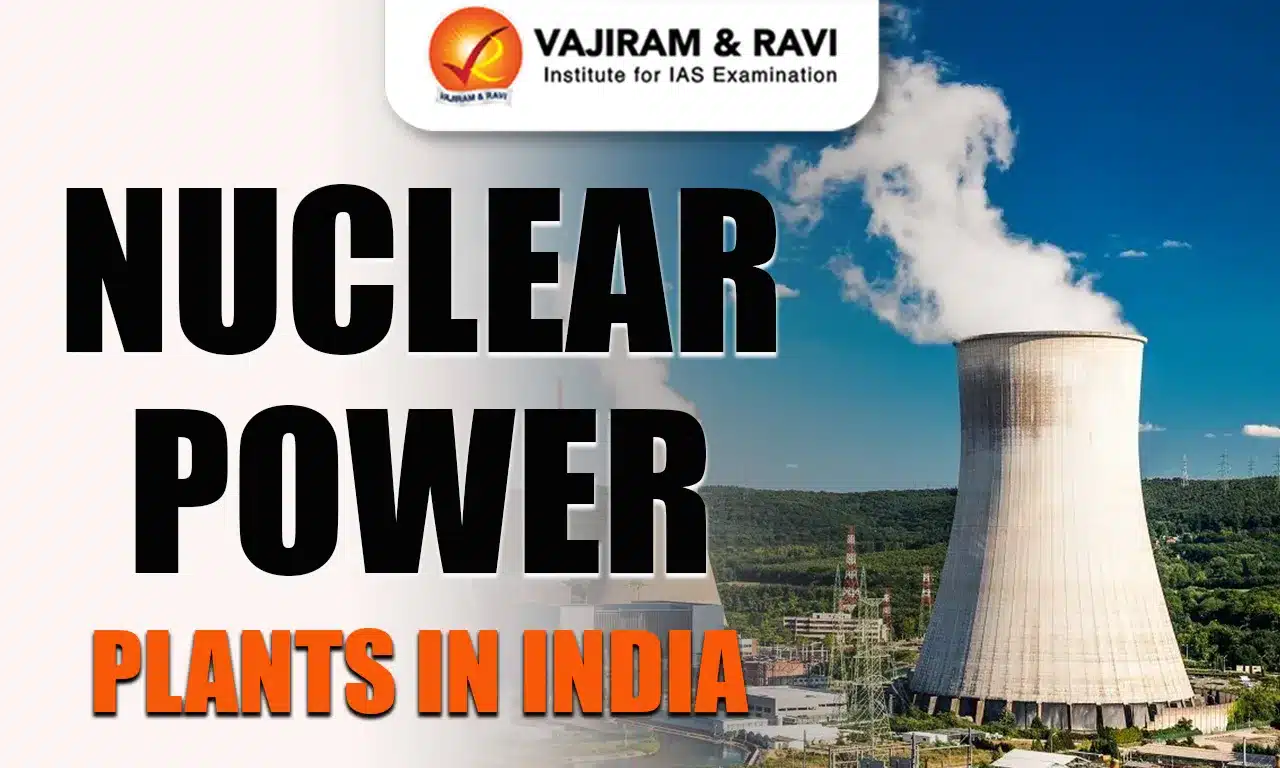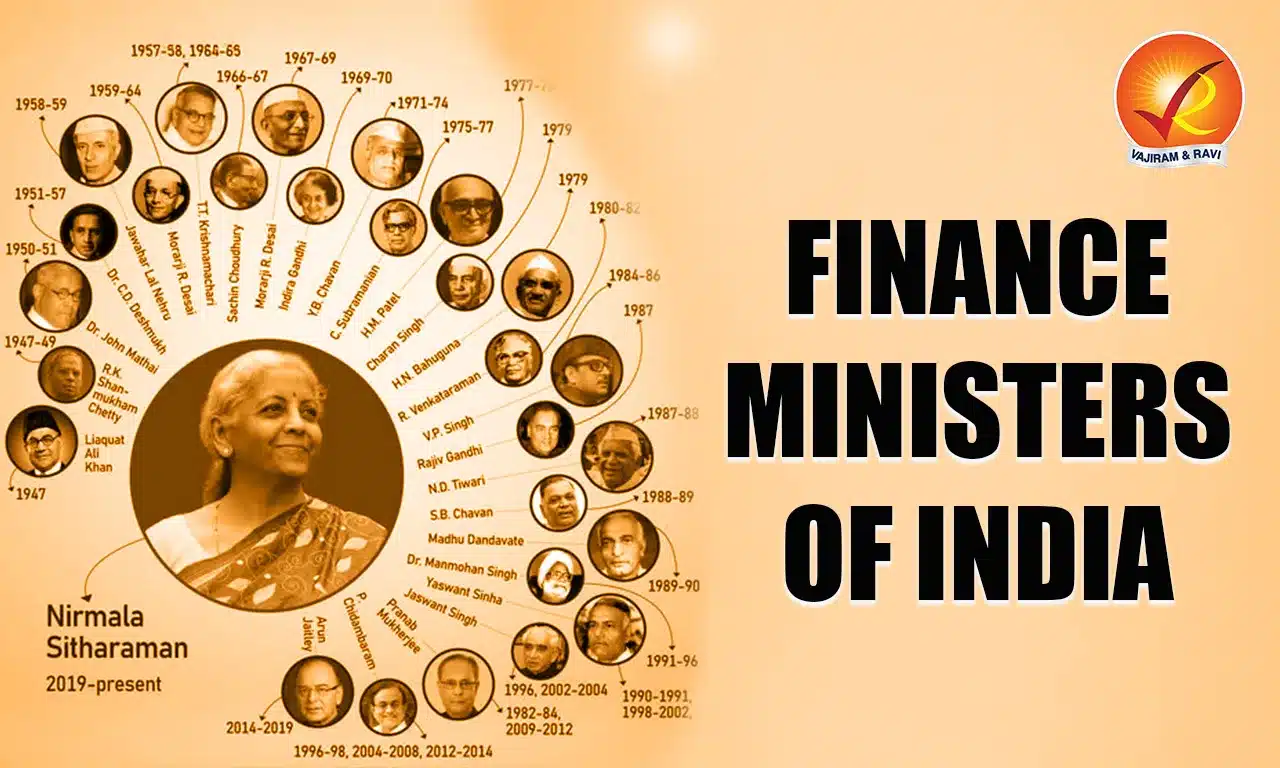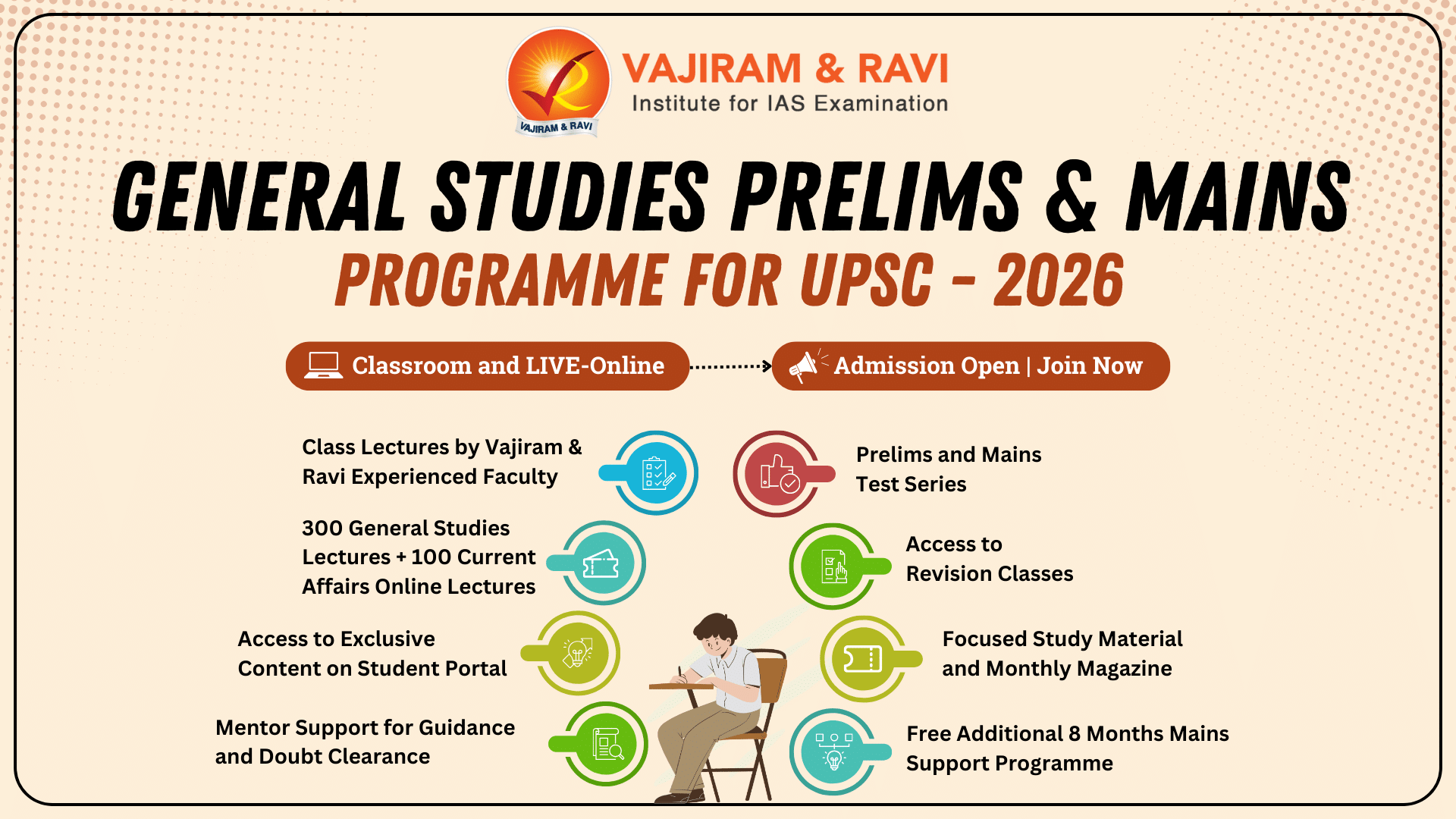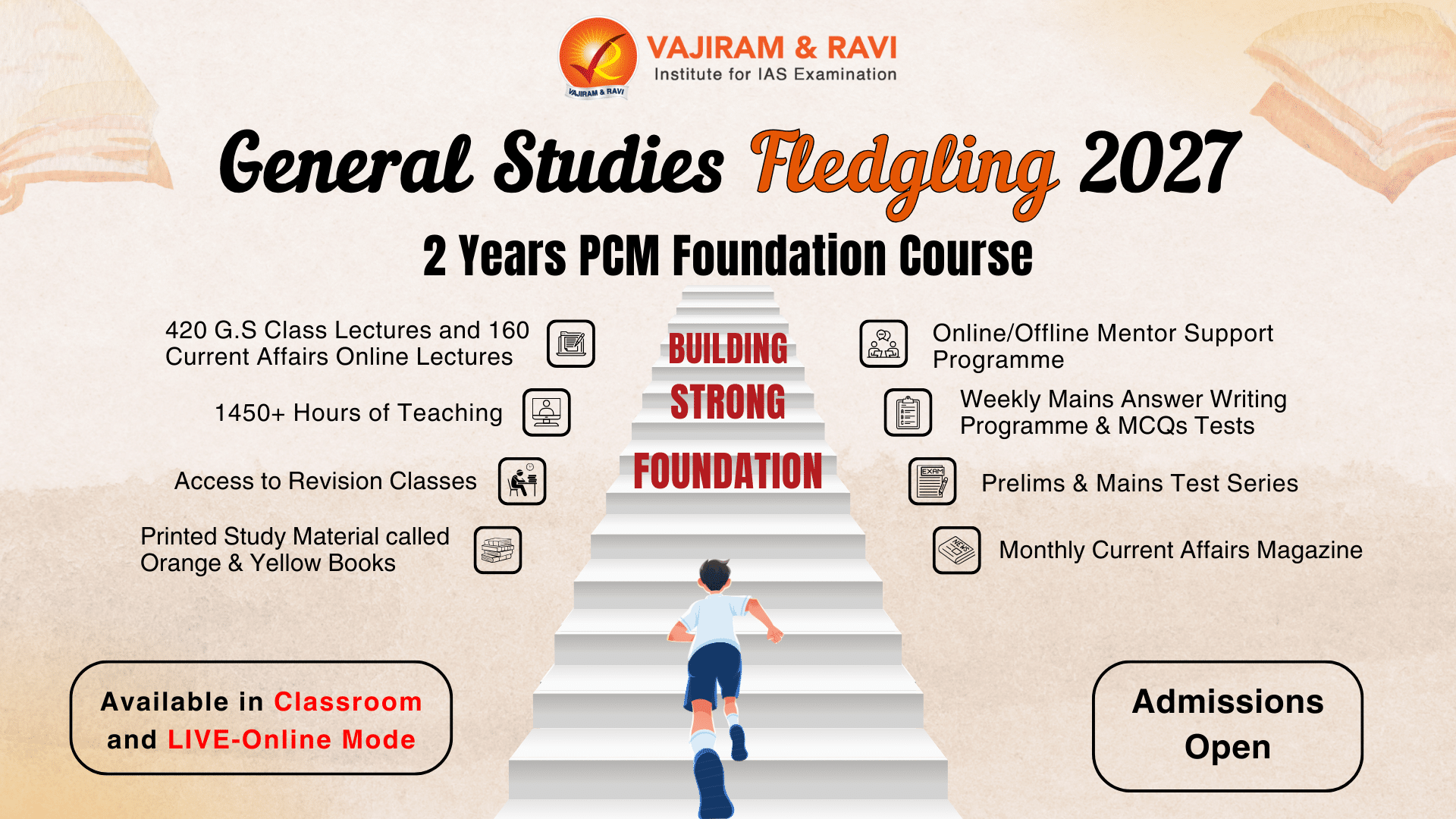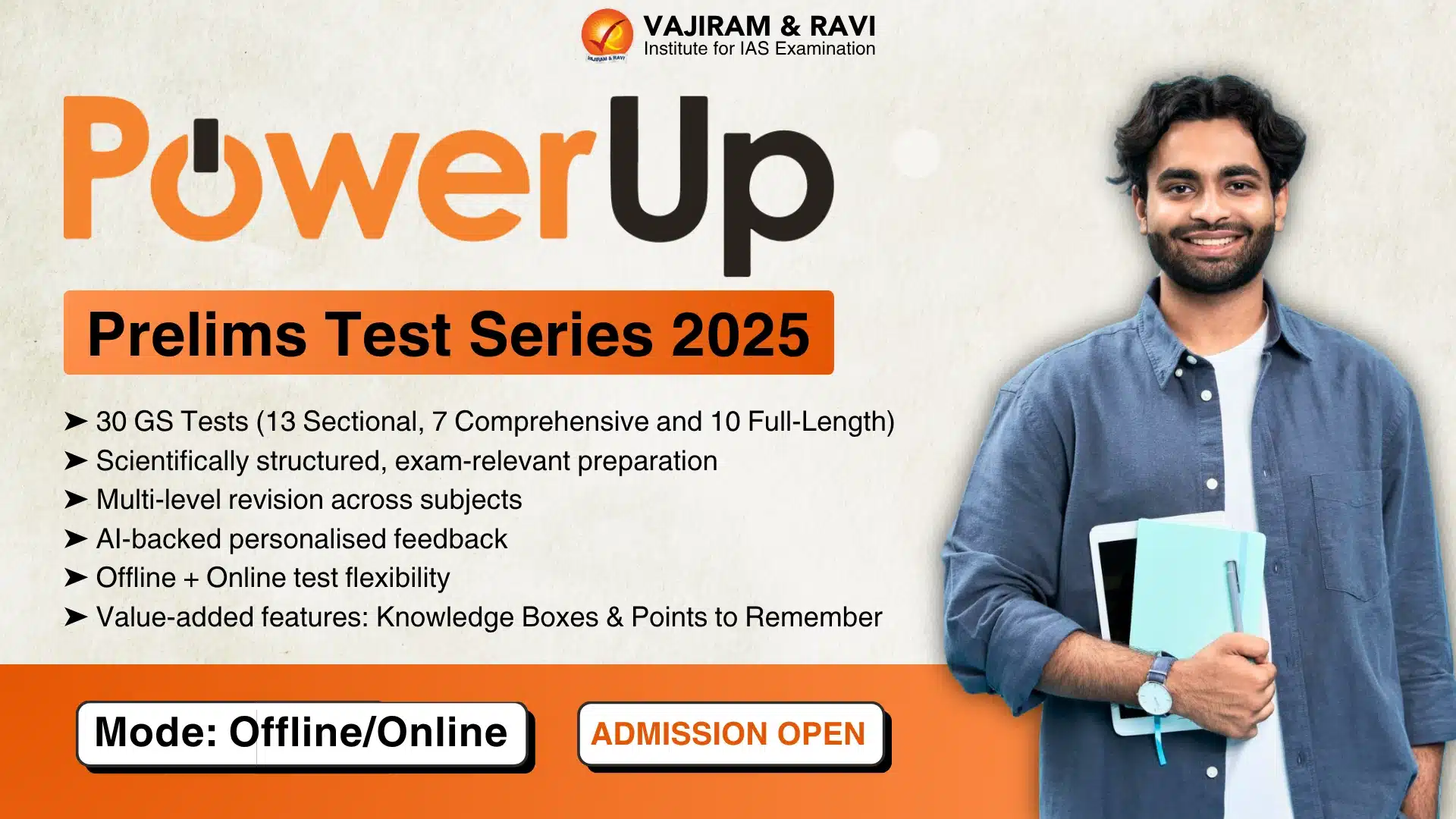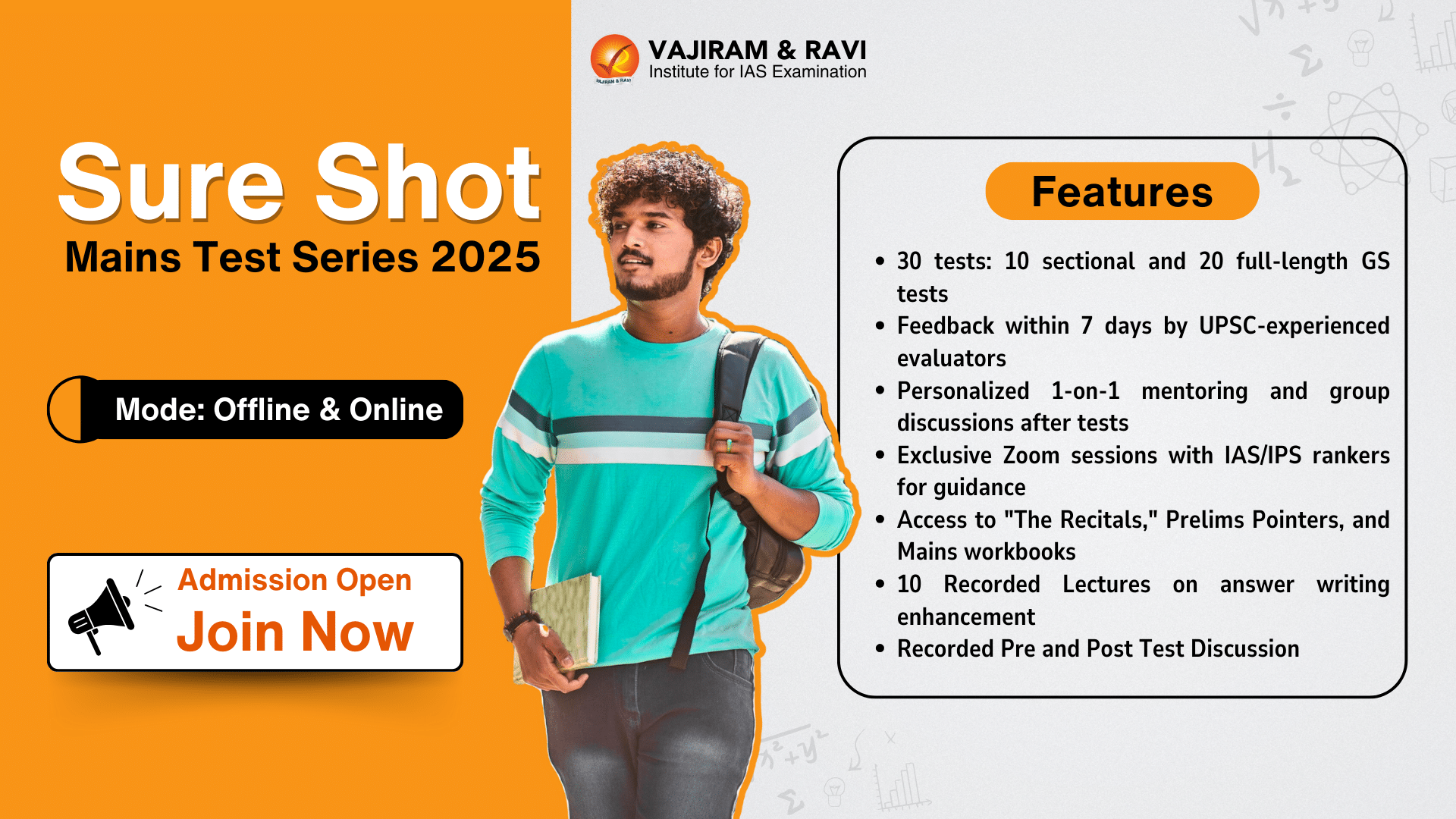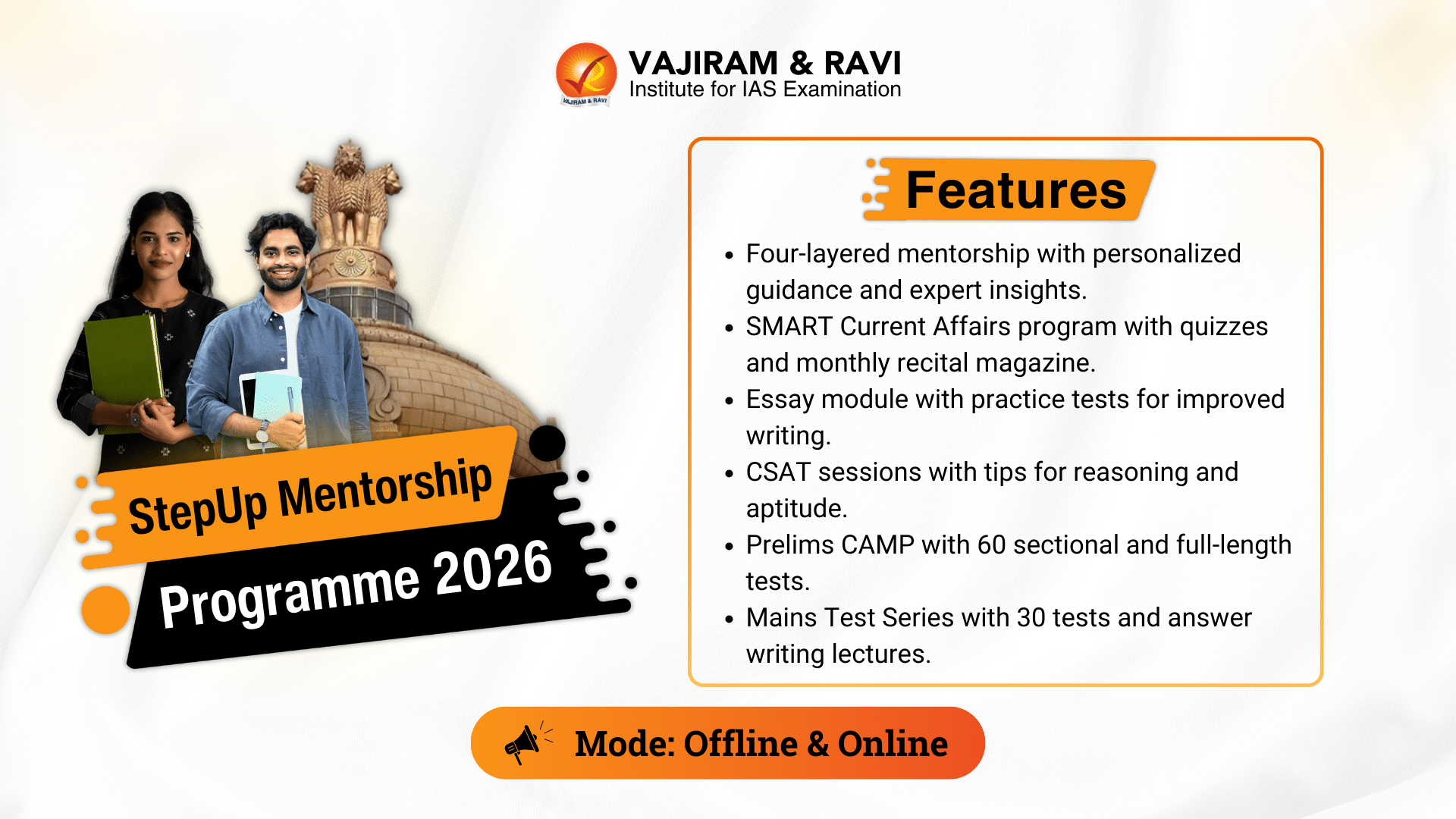Dr. Manmohan Singh, the man known to be the architect of opening the Indian Economy to the world, passed away on 26th December 2024. An economist, Politician and a diligent thinker, Dr. Manmohan Singh served as the thirteenth Prime Minister of India from 2004 to 2014. He was a part of the United Progressive Alliance and served as their prime minister for two consecutive terms. The third longest serving Prime Minister of India after Jawaharlal Nehru and Indira Gandhi, his economic policies introduced by him as the finance minister of India in 1991 brought in a new era of liberalisation policies and economic reforms. His policies helped in reframing the economic graph of the country. This article is going to look into the early life, career and achievements of Dr. Manmohan Singh life.
Manmohan Singh Early Life
Born on 26 September 1932 in Gah Village of Punjab, Manmohan Singh’s family belonged to the sikh community. Before the partition of India, he completed his schooling in urdu medium. After moving to Amritsar post partition, he continued his education at Hindu College, Amritsar and Punjab University. He gained his triplos in Economics from St. Johns College, Cambridge.
After completing his education, Manmohan Singh started of his career as a teacher at Punjab University following which he earned a Doctorate in Philosophy from Oxford University in 1962.
Dr. Manmohan Singh Beginning of Political Career
Early Career
He began his career as a Senior Lecturer in Economics at Punjab University (1957-1959) and later served as a Reader in the Economics Department of Panjab University starting in 1959. From 1963 to 1965, he worked as a Lecturer before joining the United Nations Conference on Trade and Development (UNCTAD) from 1966 to 1969. At UNCTAD, established in 1964, he contributed to ensuring equitable growth participation for developing nations. His expertise led to his appointment as an advisor to the Ministry of Foreign Trade while concurrently serving as a Professor of International Trade at the University of Delhi.
In 1972, he joined the Ministry of Finance as Chief Economic Advisor and later became Secretary of the Finance Ministry in 1976. His proficiency in economics facilitated his rise, and he joined the Planning Commission, responsible for India’s Five-Year Plans, where he served until 1982. That year, he was appointed Governor of the Reserve Bank of India, a position he held until 1985.
In 1985, he returned to the Planning Commission as Deputy Chairman, serving until 1987. Subsequently, he joined the South Commission, a Geneva-based economic policy think tank, where he worked until November 1990. Upon returning to India, he advised Prime Minister Chandra Shekhar on Economic Affairs and was appointed Chairman of the University Grants Commission (UGC) in 1991.
Political Career
His career took a pivotal turn when Prime Minister P.V. Narasimha Rao invited him to join the cabinet as Finance Minister in 1991. This marked a transformative moment for both his career and India’s economic history. His visionary leadership and reforms rescued India from the brink of economic collapse, leaving an indelible legacy on the nation’s economic trajectory.
Dr. Manmohan Singh as the Finance Minister of India
In 1991, India faced its most severe economic crisis since Independence. The Gulf War of 1990-1991 led to soaring oil prices and a decline in remittances from Indian workers abroad. The fiscal deficit stood at approximately 8% of GDP, while a balance of payments crisis loomed. The Current Account Deficit was around 3.5% of GDP, and foreign exchange reserves plummeted to just $1 billion.
To address the crisis, the International Monetary Fund (IMF) agreed to extend financial assistance to India, contingent on significant economic reforms. This prompted the Indian government to adopt transformative measures, including dismantling the Licence Raj and initiating liberalization.
Liberalization Measures
- Under the leadership of Manmohan Singh, the government undertook sweeping reforms to deregulate the economy. Import taxes were reduced, and the Indian rupee was devalued to make exports more competitive. Transitioning from a socialist to a capitalist model, policies were introduced to ease licensing norms, lower tariffs and taxes, and eliminate barriers to international trade and investment.
- Public monopolies were curtailed, allowing private enterprises to thrive. The cap on foreign direct investment (FDI) was raised from 40% to 51%, and industrial licensing was abolished for most sectors, except for products like tobacco, alcohol, hazardous chemicals, explosives, and pharmaceuticals.
- Privatization of public sector enterprises and the relaxation of FDI restrictions spurred unprecedented economic growth. India’s growth rate surged from 3% in the pre-liberalization era to 8-9% post-liberalization.
- While the reforms propelled India into a period of substantial economic growth, the Narasimha Rao government was voted out in 1996, partly due to underperformance in critical sectors. Nevertheless, Manmohan Singh earned widespread acclaim for steering India towards a market economy, with P. Chidambaram praising his transformative vision.
Dr. Manmohan Singh as a Member of Rajya Sabha
Manmohan Singh was elected to the Rajya Sabha from Assam for five consecutive terms: 1991, 1995, 2001, 2007, and 2013. He served as the Leader of the Opposition in the Rajya Sabha from 1998 to 2004 during the Bharatiya Janata Party’s tenure in power. Although he contested the Lok Sabha elections from South Delhi in 1999, he lost the seat.
Dr. Manmohan’s Tenure as Prime Minister of India
After the 2004 general elections, the Indian National Congress (INC) formed the United Progressive Alliance (UPA) with its allies. Sonia Gandhi surprised many by choosing Manmohan Singh as the Prime Minister due to his reputation for economic expertise and an unblemished political record. His first term as Prime Minister began on May 22, 2004.
Economic Policies
- Economic Growth: Singh collaborated with Finance Minister P. Chidambaram to sustain high growth rates. In 2007, India achieved a 9% growth rate, becoming the world’s second-fastest-growing economy.
- National Employment Guarantee Act: The Mahatma Gandhi National Rural Employment Guarantee Act (2005) provided 100 days of guaranteed employment per household, enhancing rural income security.
- Reforms: Singh’s government advanced infrastructure projects like the Golden Quadrilateral, modernized highways, and implemented pro-industry and farmer-friendly policies. It also introduced Value Added Tax (VAT) in 2005 to replace the Sales Tax.
Healthcare and Education
- National Rural Health Mission (NRHM): Launched in 2005 to provide accessible healthcare to rural populations.
- Right to Education Act (RTE): Passed in 2009, the RTE guaranteed free and compulsory education for children aged 6 to 14, making education a fundamental right.
- Educational Initiatives: Singh’s government established eight new IITs and promoted elementary education through the Sarva Shiksha Abhiyan.
National Security and Governance
- National Investigation Agency (NIA): Established in 2008 to counter terrorism after the Mumbai attacks.
- Unique Identification Authority of India (UIDAI): Introduced Aadhaar, a 12-digit biometric-based identity system, for enhancing national security and e-governance.
- Right to Information Act (RTI): The act was passed in 2005 with an aim to ensure government accountability and transparency.
Manmohan Singh’s Foreign Policy
Dr. Manmohan Singh focused his foreign policy strategy on economic cooperation, promoting peace, stability and autonomy along with upholding non-alignment policy principles.
- Relations with the USA: Singh spearheaded the Indo-US Civil Nuclear Deal in 2008, granting India access to nuclear technology without signing the Non-Proliferation Treaty.
- Relations with China: Bilateral trade grew significantly, and the Nathula Pass reopened. Singh’s ten-pronged strategy strengthened ties across various sectors.
- Global Relations: Singh strengthened ties with Japan, Israel, European nations, and African countries while maintaining stable relations with Russia.
Second Term as Prime Minister
After the UPA secured a majority in the 2009 general elections, Dr. Manmoan Singh became the second Prime Minister, after Jawaharlal Nehru, to serve for two consecutive terms. His second term saw controversies like the coal allocation and 2G spectrum cases, but his economic and social initiatives left a lasting impact. Dr. Singh resigned after the 2014 general elections.
Dr. Manmohan Singh Awards and Honours
- Doctor of Civil Law Degrees (2006): University of Oxford and University of Cambridge.
- Doctor of Letters (2008): Banaras Hindu University.
- Honorary Doctorate: Moscow State Institute of International Relations.
- Dr. Manmohan Singh Scholarship: Instituted by St. John’s College, Cambridge.
- Indira Gandhi Prize for Peace, Disarmament, and Development (2017).
Last updated on July, 2025
→ UPSC Notification 2025 was released on 22nd January 2025.
→ UPSC Prelims Result 2025 is out now for the CSE held on 25 May 2025.
→ UPSC Prelims Question Paper 2025 and Unofficial Prelims Answer Key 2025 are available now.
→ UPSC Calendar 2026 is released on 15th May, 2025.
→ The UPSC Vacancy 2025 were released 1129, out of which 979 were for UPSC CSE and remaining 150 are for UPSC IFoS.
→ UPSC Mains 2025 will be conducted on 22nd August 2025.
→ UPSC Prelims 2026 will be conducted on 24th May, 2026 & UPSC Mains 2026 will be conducted on 21st August 2026.
→ The UPSC Selection Process is of 3 stages-Prelims, Mains and Interview.
→ UPSC Result 2024 is released with latest UPSC Marksheet 2024. Check Now!
→ UPSC Toppers List 2024 is released now. Shakti Dubey is UPSC AIR 1 2024 Topper.
→ Also check Best IAS Coaching in Delhi
Manmohan Singh FAQs
Q1. What is Manmohan Singh famous for?+
Q2. Who is the father of Indian economy UPSC?+
Q3. Did Manmohan Singh win any election?+
Q4. Who is the father of new economic policy?+
Q5. Who is the father of liberalisation in India?+
Tags: Dr. Manmohan Singh




